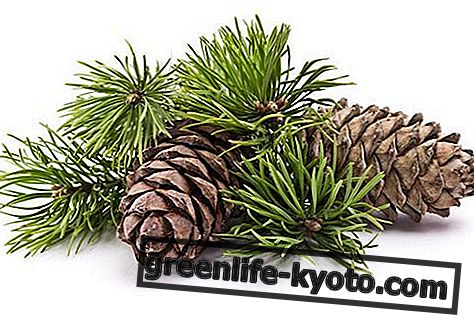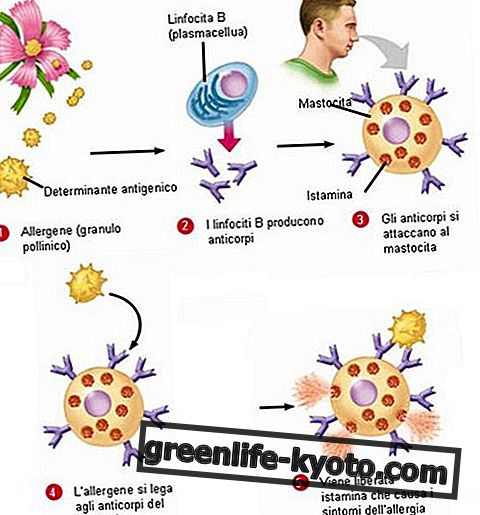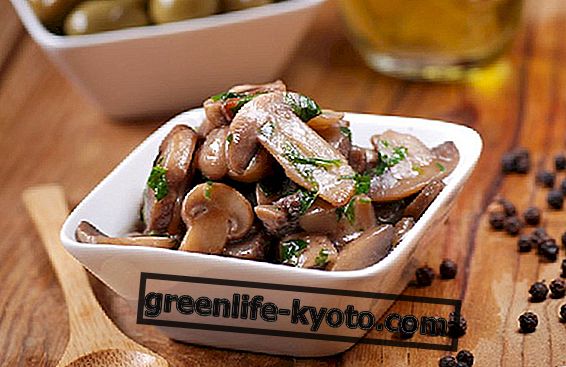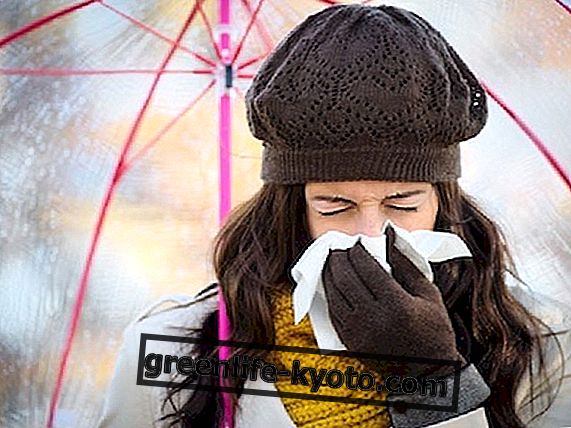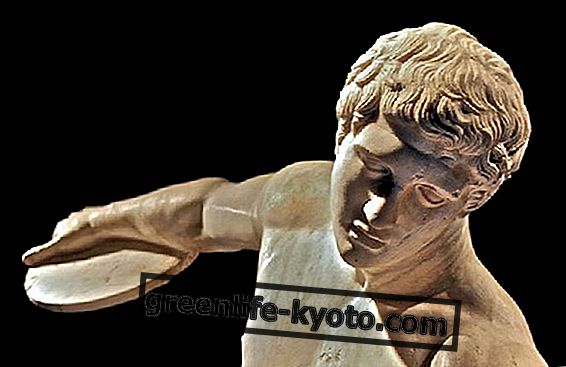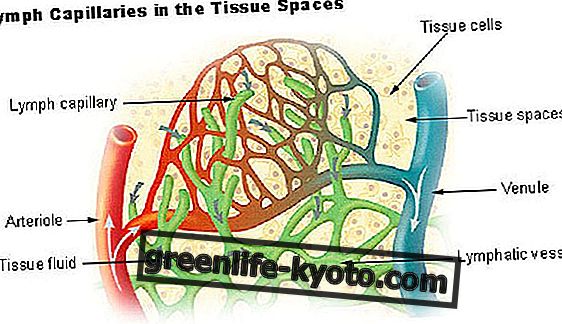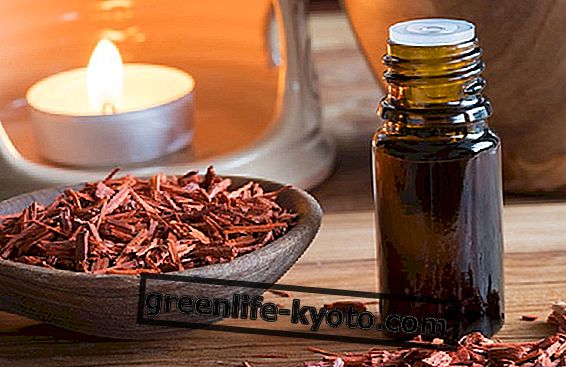
In herbal medicine, mother tinctures are extractions of herbs and medicinal plants, obtained by maceration of their drug (part used: leaves, roots, barks, etc.) in water and alcohol. In general, the maceration consists in placing a drug for a certain period of time in a solvent, kept in continuous movement with the purpose to avoid the formation of molds. The solvent can be alcohol, a mixture of water and alcohol (for this reason, mother tinctures are also called hydroalcoholic solutions ) in the case of mother tinctures, ether, medicated wine (a preparation called enolito is obtained) or oil (to obtain an oleolite ).
Maceration in a solvent is a very ancient extraction technique that allows the plant to be preserved and used, taking advantage of its active ingredients over time . In the set of innumerable substances that constitute a vegetable, they are recognized as pharmacologically inert, unwanted or poorly active, and others with therapeutic properties for healing purposes. Therefore, only the active ingredients are extracted by this procedure, eliminating the undesired components from the drug and obtaining a more practical and stable form . The difference between a maceration and dyeing is in the use of drugs upstream of the process; the so-called macerate is obtained by using a dry drug, while if a fresh drug is used, the macerated is called dyeing.
This preparation is in liquid form and represents the starting point of other plant extracts, for this reason it is called "mother" dyeing. It is used in herbal medicine for the treatment of various disorders; and from each plant a specific mother tincture can be obtained, with the same therapeutic characteristics as the vegetable part used, but with a greater concentration of active ingredients, compared to the herbal teas. They are divided into simple or compound, depending on whether they are obtained from one or more plants.
Preparation of the mother tincture
In herbal medicine, mother tinctures are already ready in packs of 50 or 100 ml, but if you want and time, you can also prepare them yourself. The procedure begins with the harvest of the plant in its right balsamic time, that is, in the period in which the plant contains greater quantity of active ingredients, which varies according to the plant or its life cycle and the part used.
Subsequently the fresh drug is placed, in how much the active principles contained in it will be greater in comparison to that dried, in a solution composed from water and alcohol, in a position to extracting almost the totality of the phytocomplex contained in the drug . The presence of alcohol serves primarily to extract the water-soluble active ingredients and guarantees a better shelf life . The addition of water to alcohol allows to lower its alcohol content up to 40% -65% volumetric degrees. This different gradation depends on the part on which we intervene: leaves, roots, bark, seeds have a different consistency and tissues, so from time to time will need a more or less high alcohol content.
As already mentioned, the mother tincture is called such only when the quantity of fresh drug and the amount of solvent used are in a ratio of 1:10 (1 kg of fresh drug per 10 kg of solvent). The plant will then be macerated for a variable period of 25 to 40 days . The solution thus obtained is then filtered and decanted for 48 hours and stored in bottles with dropper .
How to take mother tinctures
The intake of mother tinctures by their liquid form is first of all immediate, compared to tablets or capsules. They should be taken in drops (from 20 to 120 drops per day), diluted in half a glass of water and generally drunk away from meals. However, the dosage and the time of intake depend on the therapeutic activity of the chosen plant, while the recommended period is about 2 months of intake.

